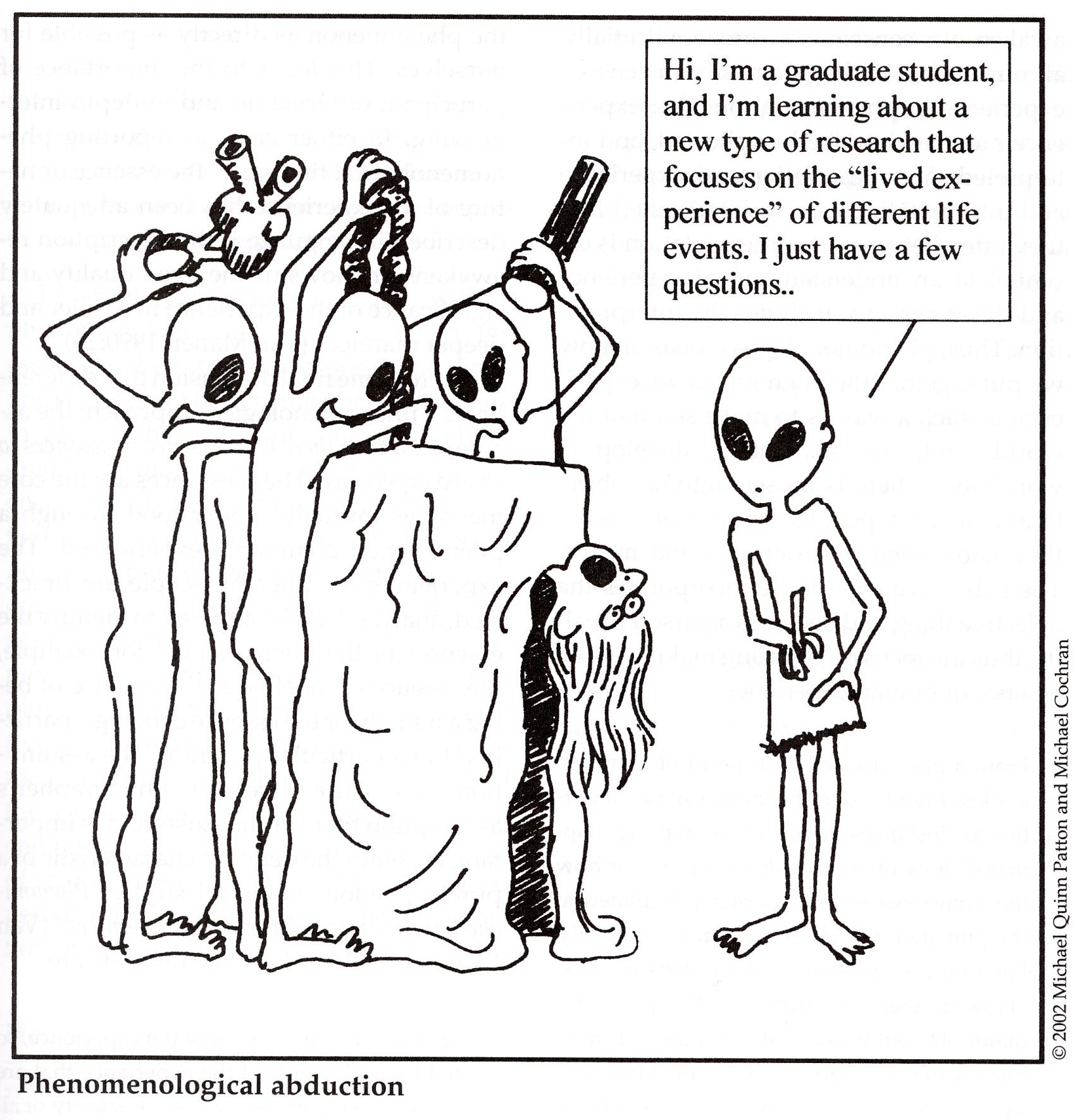Narrative Interviewing and Narrative Writing. Issues around meaning making, words, and identity development. Transformative narratives cf. Grant, 2007. Nice sharing of autobiographical drawings to show parts of one’s life as a story in pictures while learning English, develops though the stories of childhood and learning. There was a storyline of hope that emerges and then later gets more developed, and alternative storylines that then develop, such as around caring for family. There are two cases that are being discussed.
There is now discussion about transformative learning that happens within the creation of multiple stories and the construction of meaning in the process. Movements from verbal to drawings, from secrets to mutual valuing, and then going to the one view to multiple views.
There was a change that happened with the second case person, once the writing and narrative took the form of story, as opposed to school topic. She constructed herself through her writing and self-storytelling.
I want to learn more about this narrative identity construction.
This student developed a new learner identity through this narrative writing, with the multiple viewings that this research included.
The second presentation was about discourse analysis, as per Gee 2005, 1999, 1990. Discourse is about using language and representing through writing. All of us are involved in multiple discourses, the question about how to identify those that influence us to decide, distinguish, and develop. We seem to have an internally dominant discourse (IDD). The IDD shifts in life and experiences (in this case, from test-oriented to self-oriented and from focus on form to focus on meaning.
Implications for this research in and around writing. If writing is defined by the internally-dominated discourse, then how change and develop them. Negative and oppressive IDD’s need to shift, so as educators, how do we shift these?
Creative representational practices, and the process of being and becoming a practitioner and educator and researcher and a scholar—part of the second presenter. Creative and representation within social work, especially when evidence-based practice pushes things to the edge. I wish this presenter would look at us when she is speaking to us as audience.
She is speaking about the use of self. She interviewed and conducted focus groups on how we teach practitioners to conduct reflective practice and the use of self in one’s own development. How do we as educators impress and show the use of self as an important component of understanding and knowing.
Her looking down while she speaks and very rapid speech and awkward stance and choppy motions; I am very distracted. I feel so spoken at. I know that many people read their papers at academic conferences, but here it seems like a power issue; ironic, as this presenter is a PhD in social work.
It is interesting that she is using poetry she wrote to give examples of what she is trying to illustrate. The poems are getting smaller and smaller on the overhead. This last one she shows, though out of time, is so small that we (or at least I) cannot see it. Wonder what it means? Hope it is clearer to her students at least.
Two of the presenters did not show up, so there is now more time for question.
 I am happy to say I have just completed the analysis of my data for my doctoral thesis!
I am happy to say I have just completed the analysis of my data for my doctoral thesis!

